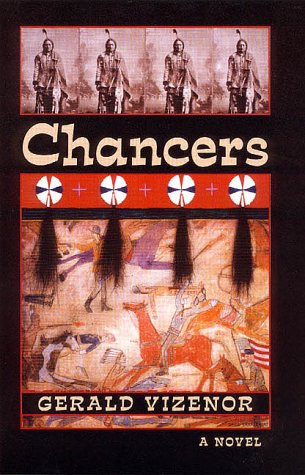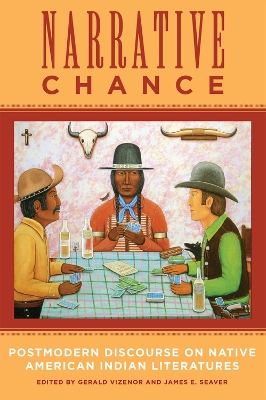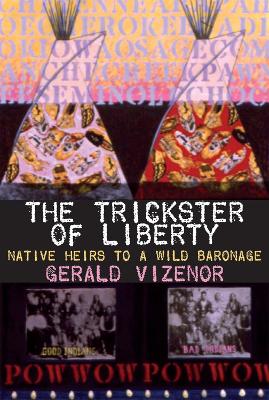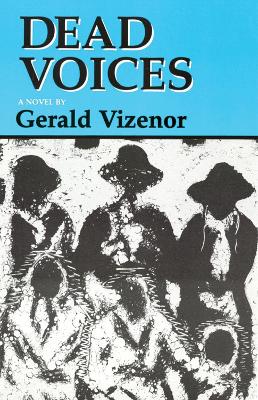American Indian Literature and Critical Studies
5 total works
In Dead Voices Vizenor, using tales drawn from traditional tribal stories, illuminates the centuries of conflict between American Indians and Europeans, or ""wordies."" Bagese, a tribal woman transformed into a bear, has discovered a new urban world, and in a cycle of tales she describes this world from the perspective of animals-fleas, squirrels, mantis, crows, beavers, and finally Trickster, Vizenor's central and unifying figure. The stories reveal unpleasant aspects of the dominate culture and American Indian culture such as the fur trade, the educational system, tribal gambling, reservation life, and in each the animals, who represent crossbloods, connect with their tribal traditions, often in comic fashion.
As in his other fiction, Vizenor upsets our ideas of what fiction should be. His plot is fantastic; his story line is a roller-coaster ride requiring that we accept the idea of transformation, a key element in all his work. Unlike other Indian novelists, who use the novel as a means of cultural recovery, Vizenor finds the crossblood a cause for celebration.
This superb anthology, illustrated with tribal pictomyths and helpfully annotated, includes translations and a glossary of the Anishinaabe words in which the poems and stories originally were spoken.




